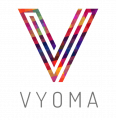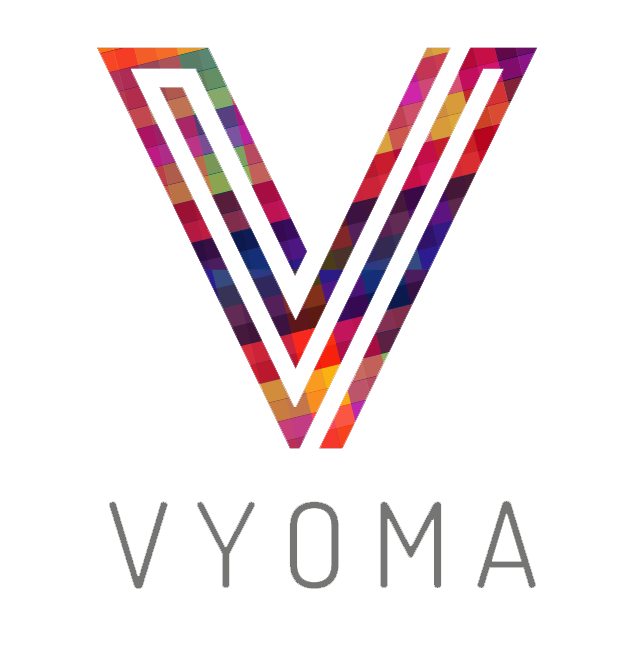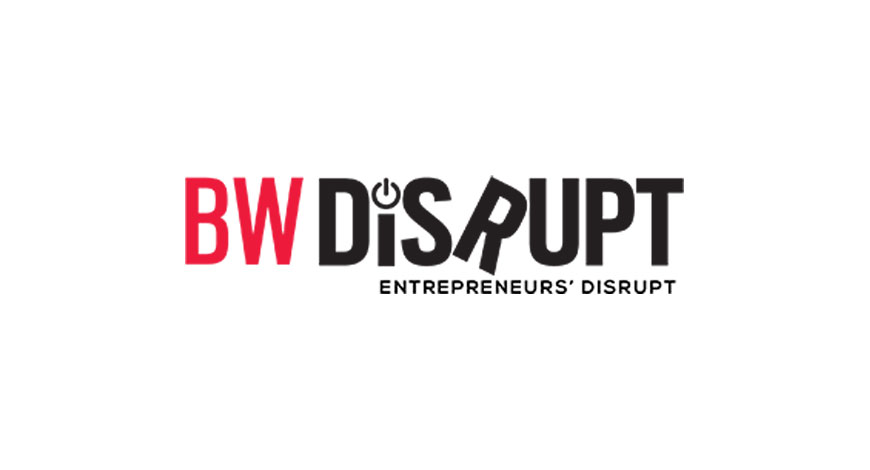Shriranga Sudhakara
He is the managing director of Vyoma, started with the intention of captivating audience on the move, and enable brands to converse with their audience in the out of home space; Vyoma since its inception has quickly grown to become India’s largest digital out-of-home advertising company.
Digital out-of-home advertising is unique because it intercepts active consumers with highly targeted messages as they move through their day.
Brands are constantly competing to get consumer attention and in an ideal scenario create brand custodians. The once humble billboard, now a connected powerhouse, is set to play a key role in building brand loyalty. For advertisers, never has there been so much opportunity to target on-the-go tech-savvy consumer with the rise of full motion DOOH screens, combined with smartphone penetration, WIFI connectivity, and wider reach. Similarly, social media can connect and build on to user generated content. Both social and DOOH at the end of the day are like the two halves of a digital medium. It is quite early to comprehend the possibilities the integration of DOOH and social media will bring about, amplify each other and deliver effective communication. Both channels are still evolving, but are already showcasing the potential of building a cohesive bond. With the ability to reach huge scale over a short period of time, both the mediums are ready to take it to the next level. So how are they going to work together?
NewAge integration
Social Media provides engagement and DOOH provides phenomenal reach. Both the mediums have the ability to deliver rich content based on context. Hence this is a natural integration, which will only strengthen the effect of the campaign. Earlier, advertisers often faced the challenge to measure the audience reach through traditional platforms like print and TV. With the rise in technology, the measurability of these two-high content generating mediums has gotten better with industry benchmark set across stakeholders. The same is true of these 2 mediums and as brands aim to introduce a trend of going beyond the traditional norm, a marriage of these two mediums becomes inevitable.
Amplify
Recently, there are two distinct trends. One, where the DOOH activity has been planned to amplify a primarily existing social media campaign, another trend is where social media is used to draw attention to the digital out of the home activity. With the former, the primary focus is on content from social media channels which will be delivered seamlessly to the connected digital displays. On the other hand, user generated content will play an important role as it’s produced through engagement with digital signage and then delivered to social media channels. For example, a simple use of a hashtag to trace twitter feed of the consumer or showcase content pulled from campaign’s Facebook page. The purpose of the integration is to complement social media campaigns and highlight what they are trying to communicate. DOOH became a medium which gave consumers a glimpse into the social space. For example, the user generated content is at the center stage for any social media campaign. Imagine use of images, videos and text uploaded by the audience at a high scale event. These posts are showcased on DOOH screens in and around the vicinity on a ‘Real-time’ basis. Thus, leading to much larger reach and quirky brand reputation.
In the latter, there is the usage of digital screens with creative content to grab eyeballs. DOOH here, becomes the primary channel for consumer interaction and social media channels will be used to focus attention on the outdoor creative. A unique messaging placed on digital screen, targeting young children to create awareness about child abuse. The screens are prepared with dual messaging which is altered according to eye level of the viewer. The actual message with contact details are shown to the child while adults are under the impression that the ad is a normal one-way communication. These campaigns effectively showcase the potential of the DOOH screens and social media becomes the extension of digital screens.
Interactivity
DOOH medium can deliver real-time and location-specific content to create interactivity with the customers. For example, the personalized content is created and updated on a real-time basis with the help of data available from the brand and the screens. Demographics and consumer buying pattern distinguish and arranges the advertisement placement. For instance, a general search in any urban area regarding best deals on electronic devices. Digital screens in and around that area and mass transport are now equipped by the same message highlighting amazing deals on certain electronic devices thereby creating a much larger impact. DOOH is now ready to grasp and take charge of the digital space, with the help of technological innovation and availability of data.
DOOH has the ability to enhance minimalistic content by adding interactivity through HD displays and connectivity. A simple ad of a phone which uses user content gathered through their campaign page on social media handles. Few images or videos taken by the participants through that phone equips DOOH with the messages. Quick gratification for the participants, photo and video credits are given on those advertisements. This level of interactivity through social media and apt use of DOOH medium is clear testimonial to the potential of this partnership.
Seamless
Digital out-of-home advertising is unique because it intercepts active consumers with highly targeted messages as they move through their day. Successful digital out-of-home advertising campaigns start with deep knowledge of consumer mindset and their location relevance. While, DOOH medium in the Indian market is yet to successfully showcase its compatibility to several digital mediums. It is quite noteworthy that with the use of mobile beacons, hypertargeting and dynamic data feeds, digital screens are able to amplifies campaign relevance and transform it into a significant consumer touch point
In the near future, it would get impossible to carry out a campaign without involving both social media and DOOH. The possibilities are endless and with wide range of technologies getting developed and implemented. Even prediction and analysis of consumers’ mood and instant measurement of ROI will be possible.
Disclaimer: The views expressed in the article above are those of the authors’ and do not necessarily represent or reflect the views of this publishing house




